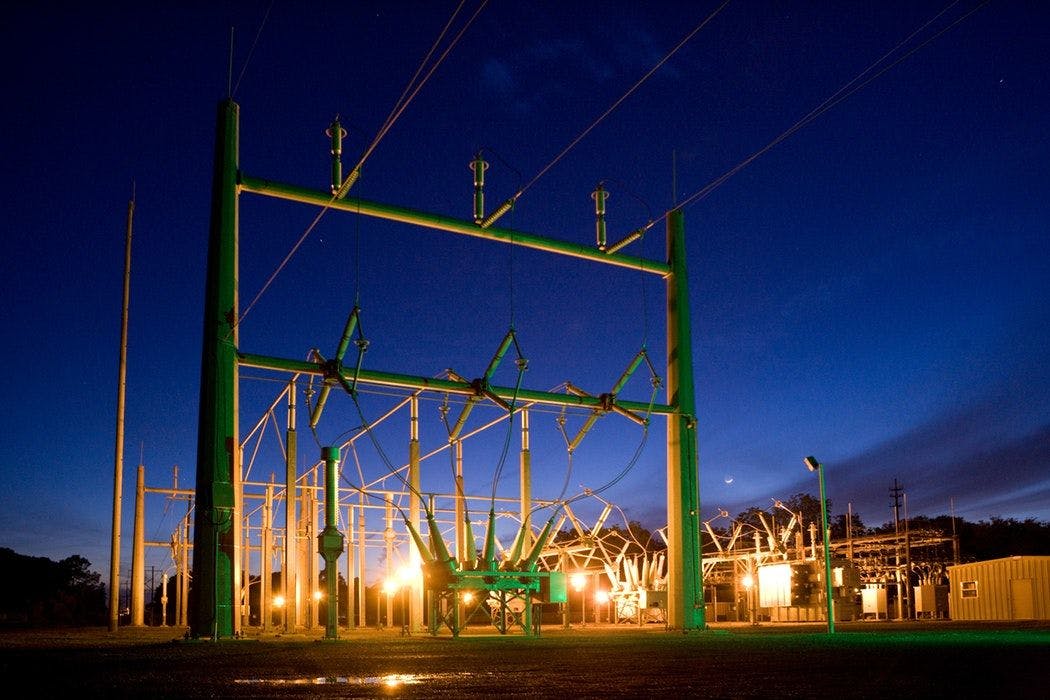In the crypto community, there is a widespread debate about which consensus mechanism is better: PoW or PoS. This raises important issues such as network security, sustainability, and decentralization. In fact, both mechanisms have flaws. Before deciding which is best for a certain blockchain network, it is crucial to comprehend the trade-offs between each. In this article, we take a closer look at what proof-of-work and proof-of-stake are, and discuss the positives and the negatives of each. Which is better: PoW vs PoS?
What is a Consensus Mechanism in Crypto?
Cryptocurrencies are known to be decentralized. This means that they do not need a central entity to manage their activities such as approving transactions and securing the network and public ledger. All of this happens thanks to the consensus mechanism deployed on the network. They basically help in tallying all the transactions that happen by the instant, while rejecting “bad” or “suspicious” ones.
Proof of Work and Proof of Stake are two well-known consensus mechanisms. While Bitcoin and Ethereum run on PoW, the latter plans on switching to PoS during its highly anticipated “merge“.

What is Proof-of-Work (PoW)?
Proof of Work is a consensus mechanism on a decentralized blockchain. It represents cryptographic proof that a specific miner managed to solve a complex computation in order to verify a transaction. Once done, miners send the confirmation data to the nodes on the blockchain, then add the new block to the chain.

PoW Advantages
- Established cryptocurrencies that use PoW have a very slim chance of having a 51% attack. This is because attackers require immense computing power which is very costly, and in turn, renders the attack useless.
- Big intermediaries won’t have as much of an impact on PoW cryptoasset governance, contrary to PoS networks, where big coin supply custodians may influence protocol governance.
- PoW miners are incentivized to be geographically distributed and decentralized. This is because electricity is a big concern for miners, who seek to pursue low energy costs and cheap energy across the globe.
PoW Disadvantages
- The consensus is quite heavy on energy consumption, opening many debates with global warming fanatics.
- Small cryptocurrencies that use PoW are prone to “51% attacks”.
- Miners are constantly required to upgrade their equipment as competition becomes stronger when the difficulty of the mining network becomes harder.
- In times of network congestion, fees become relatively high on PoW networks.

What is Proof-of-Stake (PoS)?
Proof of Stake is also a consensus mechanism on decentralized blockchains. Instead of having miners solve complex computations (aka people running their computers and wasting energy), users who own the native coin “lock it” or “stake it” in pools. This way, they participate in the PoS protocol. This mechanism eliminates heavy computing by selecting the validators depending on the number of coins they staked using specific factors. Imagine a public company wanting to start a new product, and one of the owners will be the lucky person to say what the product is. In this case, the largest shareholder will pick the product. However, in the PoS consensus, there is a much fairer algorithm that makes this selection less centralized by not selecting the largest shareholder every time.

PoS Advantages
- Securing the network with PoS requires 99.9% less energy consumption than PoW.
- There is no need for validators to invest heavily in “mining equipment”, but rather invest more in the coins themselves. This provides a low barrier to entry for stakers.
- Validators can remove attackers from the network and “destroy” their staked coins, thus lowering “51% attack” risks.
- The Proof of Stake consensus is much faster and more efficient than the Proof of Work.
PoS Disadvantages
- PoS is still a work in progress. It is not properly tested as PoW, which has been functioning for more than a decade.
- Since owning more coins gives more power in a PoS network, users who own a big capital will have more control over a network. This makes PoS more prone to centralization.
- Instead of buying a “mining rig” for PoW network, validators will still have to pay up to stake in the PoS network.
Which is BETER: Proof of Work or Proof of Stake (PoW vs PoS)?
There is no ultimate consensus mechanism. Both PoW and PoS have their strengths and weaknesses. However, we know by now that PoW offers better decentralization and more security. On the other hand, PoS offers faster, more efficient, and more scalable transactions. It all boils down to the use case of the blockchain itself.
If the blockchain wants to become the next gold, PoW might be the better alternative as it provides decentralization and security in preserving wealth. However, PoS is likely more desirable in cases such as smart-network and providing a solid infrastructure to other Dapps and Web3.0 enabled websites, as it is in dire need of fast transactions and scalability.

